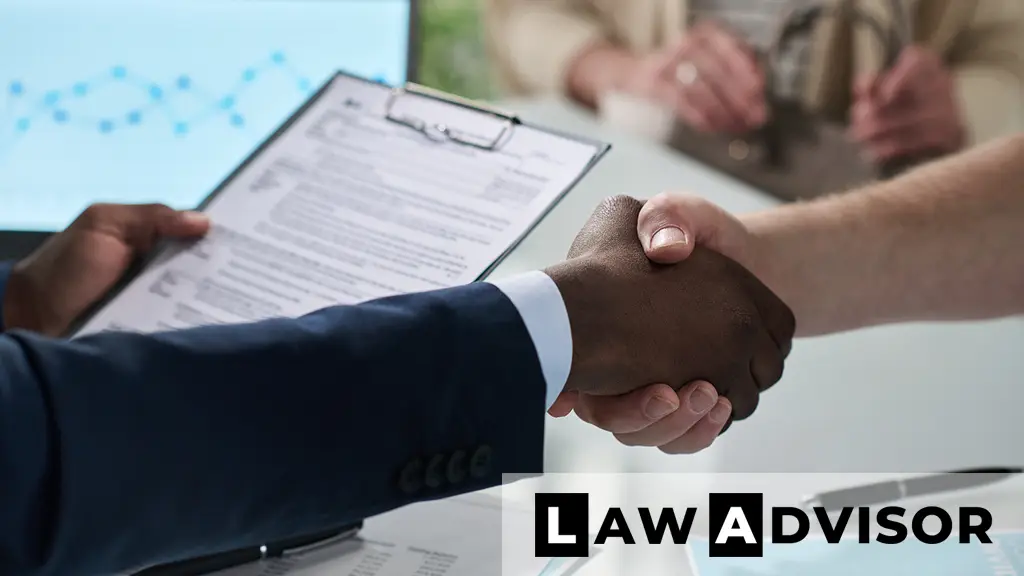Starting a business with a partner is exciting — but without a solid legal foundation, it can quickly lead to confusion or conflict. The best way to protect your partnership is by creating a clear and enforceable agreement from day one.
In this guide, you’ll learn how to structure a partnership agreement legally, what to include, and why skipping this step could cost you.
What Is a Partnership Agreement?
A partnership agreement is a legal contract between two or more individuals who are going into business together. It defines how the business operates and outlines the rights, responsibilities, and profit-sharing structure of each partner.
Without one, you’ll be subject to your state’s default partnership laws — which may not reflect your intentions.
Why You Need One
Even if you trust your partner completely, a written agreement helps avoid:
- Misunderstandings about financial contributions
- Disputes over day-to-day decisions
- Legal battles if one partner wants out
- Issues with profit distribution
- Problems during a partner’s death or disability
Clear agreements help ensure the partnership operates smoothly and legally.
Key Sections in a Partnership Agreement
If you’re figuring out how to structure a partnership agreement legally, make sure it includes the following:
1. Business Name and Purpose
State the official business name and describe its primary activities.
2. Capital Contributions
Detail what each partner is contributing — money, assets, or labor.
3. Ownership Percentages
Clarify how profits, losses, and assets will be divided.
4. Management Roles
Define decision-making authority and day-to-day responsibilities.
5. Dispute Resolution
Include methods for resolving disagreements, such as mediation or arbitration.
6. Partner Exit Terms
Explain what happens if a partner leaves, dies, or wants to sell their share.
7. Amendment Procedures
Describe how the agreement can be updated in the future.
Types of Partnership Structures
Your agreement should match the legal structure of your business:
- General Partnership (GP): Equal responsibility and liability
- Limited Partnership (LP): One general partner, others have limited liability
- Limited Liability Partnership (LLP): Protects all partners from certain liabilities
Each has different rules and implications. Be sure your agreement fits your chosen model.
Should You Use a Template or Hire a Lawyer?
Templates can work for simple businesses, but they come with risks:
- May leave out critical clauses
- Might not comply with your state’s laws
- Could cause issues later if challenged in court
For customized, state-compliant documents, consult a business attorney — especially if your partnership involves complex finances or ownership stakes.
Final Thoughts on Structuring a Partnership Agreement
Knowing how to structure a partnership agreement legally helps protect your business and your relationship with your co-founder. A strong contract prevents future issues and shows professionalism to banks, investors, and clients.
Don’t leave things to chance. Put your agreement in writing and make sure it’s legally sound.
For a free guide to small business partnership contracts, visit the U.S. Small Business Administration partnership resources.
🧠 You May Wanna Check Out
- Types of Business Entities Explained: LLC, S Corp, C Corp and More
- What Is a Non-Disclosure Agreement (NDA) and When Should You Use One?
- What Is a Registered Agent? Role, Requirements & How to Choose One
Frequently Asked Questions
Can I create a partnership agreement without a lawyer?
Yes, but it’s risky. Online templates may miss key clauses or fail to meet legal standards in your state.
Is a partnership agreement legally binding?
Absolutely — as long as it’s written, signed by all parties, and follows local laws.
What happens if we don’t have one?
Your state’s default laws will apply, which may not reflect what you and your partner intended. This can lead to disputes or legal exposure.





